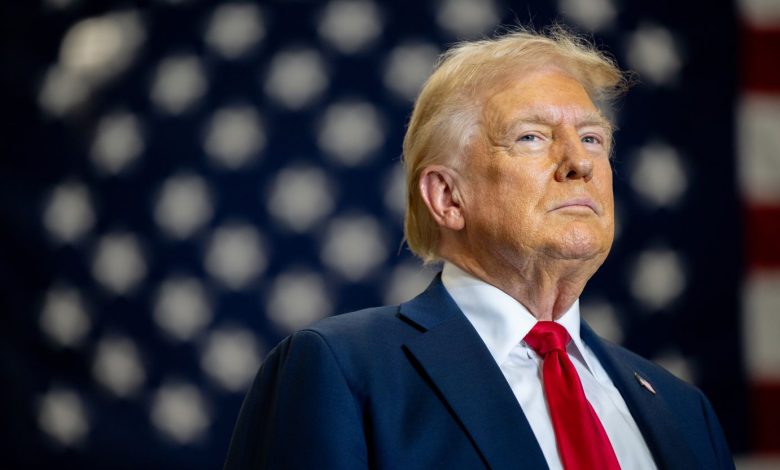Trump Shooting Task Force Releases Shocking Final Report

A shocking new report released by the Congressional Task Force on Tuesday revealed a series of catastrophic security failures surrounding the July 13, 2024, assassination attempt on President-elect Donald J. Trump. The comprehensive findings detail how systemic breakdowns in planning, communication, and execution enabled the attack, sparking renewed calls for reform in federal protective services.
The attempted assassination, which occurred at a campaign rally in Butler, Pennsylvania, saw a lone gunman, 20-year-old Thomas Matthew Crooks, open fire from an elevated, unsecured position at a nearby industrial building. One rally attendee was killed and two others were seriously injured before Crooks was neutralized by law enforcement. Trump sustained minor injuries but narrowly avoided fatal harm. The event remains one of the most serious breaches of high-profile security in recent U.S. history.
The Task Force, established by Congress in the aftermath of the incident, conducted months of investigation, including testimony from law enforcement, Secret Service agents, and intelligence officials. Their 180-page final report paints a grim picture of negligence, oversight failures, and communication breakdowns that allowed the shooter to exploit weaknesses in the security perimeter.
The report’s findings are unequivocal: the attack could have been prevented. Investigators point to “the failure to secure a recognized high-risk area immediately adjacent to the venue” near the rally site, specifically the elevated position at the American Glass Research (AGR) facility. Despite being flagged as a potential risk, the location was left unguarded and unmonitored, giving Crooks a clear vantage point to open fire on the crowd below.
Failure to Plan:
❌Lack of clear responsibility
❌Inadequate communication
❌Failure to act on risksled to a major breakdown in security that allowed Thomas Crooks to access a rooftop firing position, nearly costing President-elect Trump his life. pic.twitter.com/NxSE35AztU
— Task Force on Trump Assassination Attempt (@TFAADJT) December 10, 2024
“The full record of evidence clearly shows failures in advance planning by the Secret Service and its law enforcement partners in the days before the July 13 campaign event in Butler, Pennsylvania, and failures in execution on the day of the event itself,” the report stated.
The report further criticizes fragmented coordination between the U.S. Secret Service and local law enforcement agencies. Separate command posts, a lack of real-time communication, and gaps in intelligence sharing resulted in critical delays in detecting and responding to the shooter.
The report continued, “Despite its proximity to a main road, clear sight lines to the stage, and elevated position, the Secret Service allowed a crowd that was not screened by USSS or other law enforcement to gather at the fence line separating the secured area and the AGR complex.”
The report also details how Ryan Wesley Routh, an armed individual, breached the perimeter of the West Palm Beach course, prompting a U.S. Secret Service agent to open fire. Despite firing six shots, Routh fled but was apprehended 44 minutes later by the Martin County Sheriff’s Office.
West Palm Beach, FL Findings:
While the DOJ has an interest in protecting the integrity of criminal investigations, Congress has a vital need to understand the facts surrounding these events, particularly the Florida assassination attempt.Here is what the Task Force knows about… pic.twitter.com/uqQcGxOMWc
— Task Force on Trump Assassination Attempt (@TFAADJT) December 10, 2024
“Conversely, the events that transpired on September 15, 2024, in West Palm Beach, Florida, demonstrated how properly executed protective measures can foil an attempted assassination,” the report said.
While the agent’s quick response prevented potential catastrophe—Routh never fired his weapon—the findings paint a troubling picture of lapses in proactive measures.
The perimeter—comprised of a chain-link fence and natural barriers like trees and brush—left openings for threats. Secret Service measures included counter-snipers and tactical teams, but drone surveillance, crucial for wide-area monitoring, began too late to prevent the incident.
While no harm came to the former president, the task force’s report revealed glaring vulnerabilities in the venue’s security infrastructure. The perimeter—comprised of a chain-link fence and natural barriers like trees and brush—left openings for threats. Secret Service measures included counter-snipers and tactical teams, but drone surveillance, crucial for wide-area monitoring, began too late to prevent the incident.



